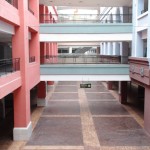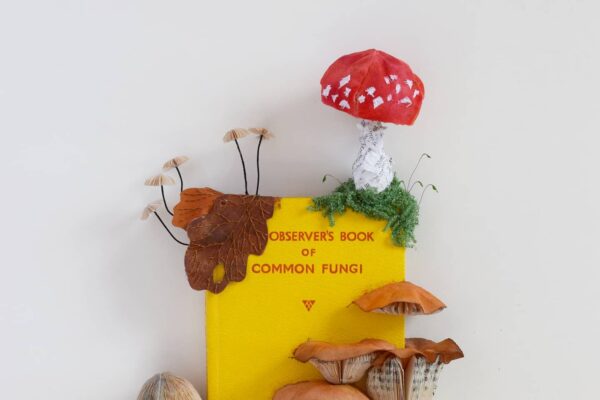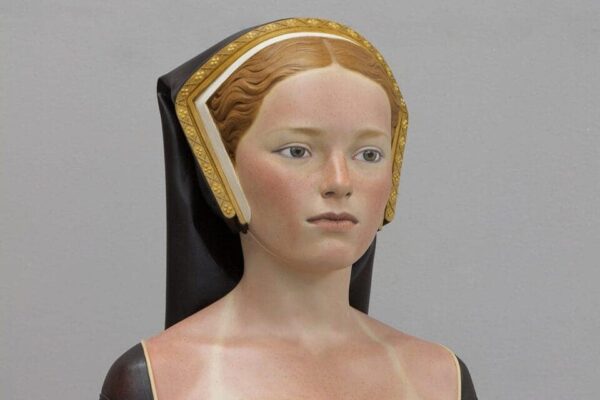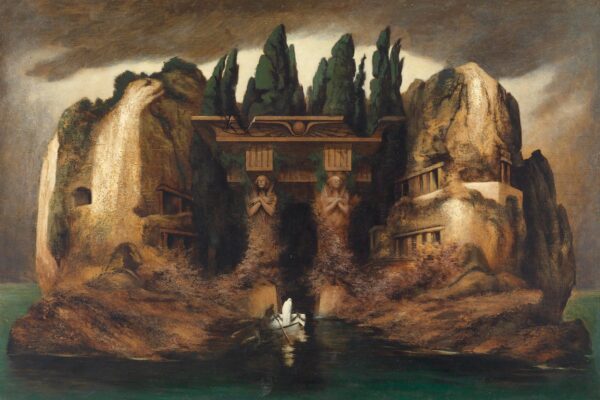1. A Bedouin woman from Muscat, Oman, ca. 1905
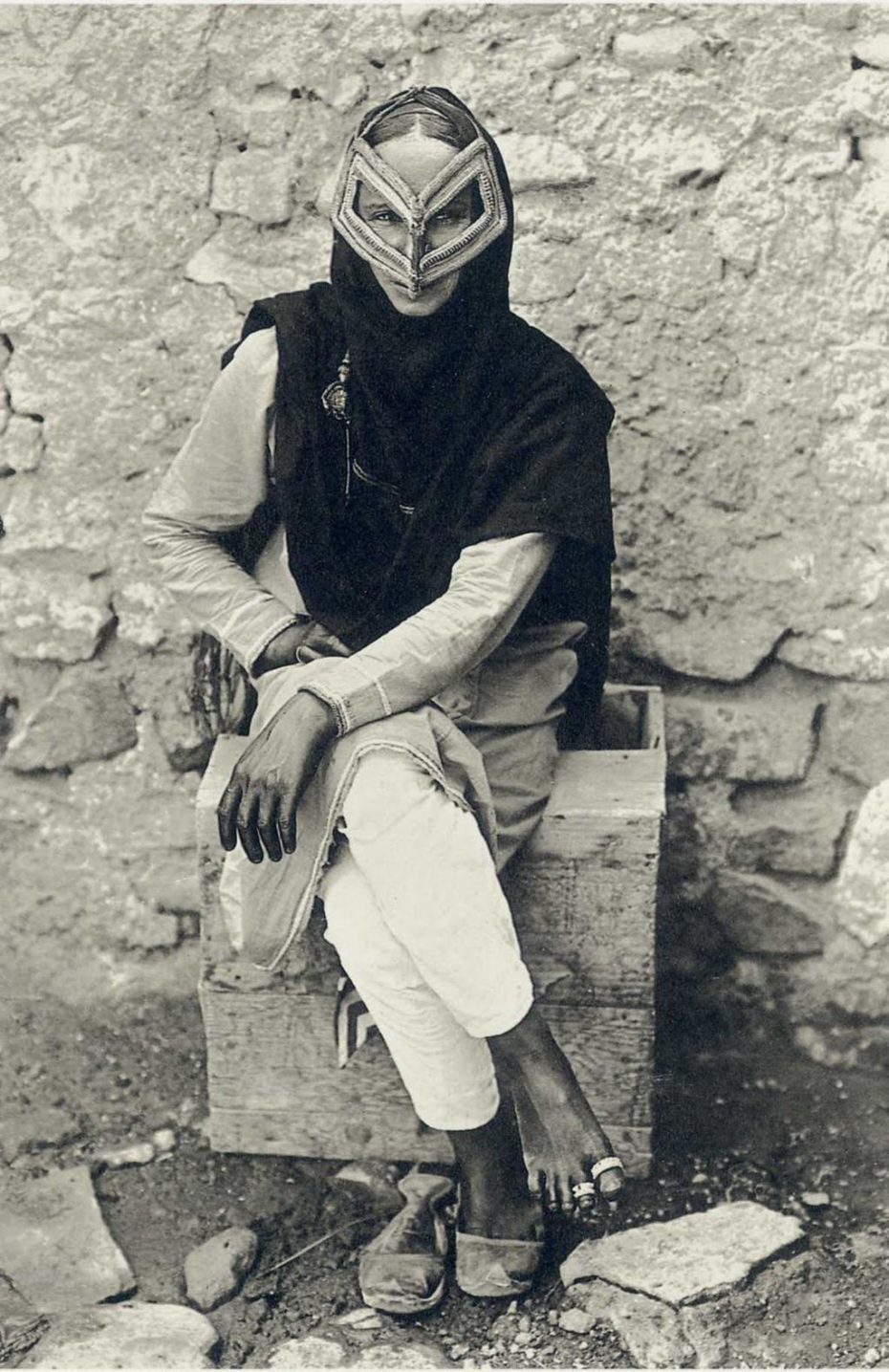
She is wearing a ‘batula’, a traditional face covering. If you go out into the rural regions of Oman today you will still see elderly women wearing something similar, but generally with a veil in addition. However, they usually call it a “Birqa” and it’s less commonly worn by younger women. This is also the album cover of Andy Stott’s album We Stay Together.
The photographs originally appeared in a New York Times article in 1916. They were photographed by A.R Fernandez. Find more information here (scroll down to “Masked and jewelled women).
2. A Reminder that Barbra Streisand has a Mall in her Basement
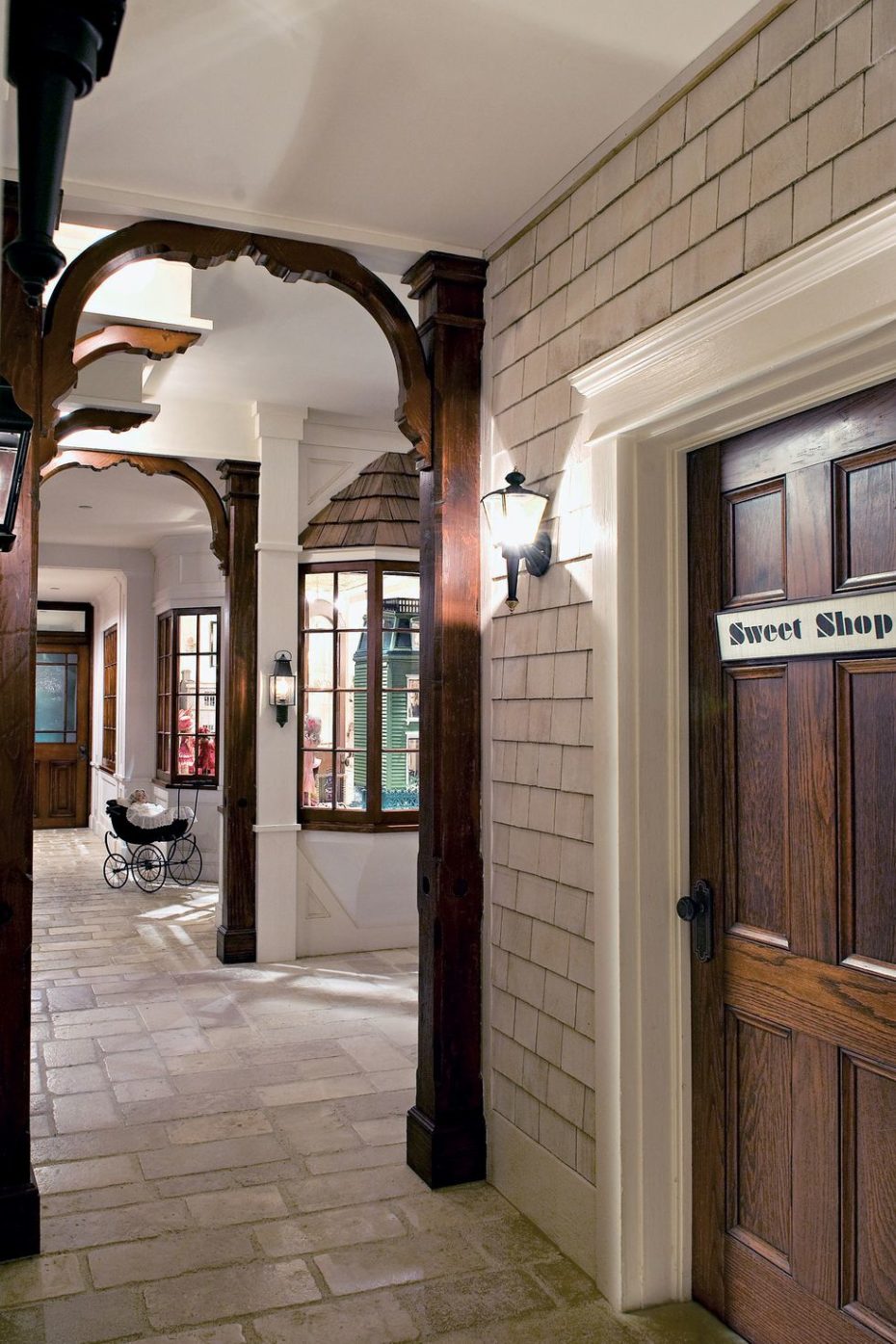
“Instead of just storing my things in the basement, I can make a street of shops and display them,” Streisand says.
The mall at her Malibu home includes a doll shop, a costume shop and candy store where she serves guests ice cream. Ryan Murphy spoke of the time he had dinner with Lady Gaga at Streisand’s home.
“We had dinner with Barbra and Jim, and Kelly [Preston] and John [Travolta], and Gaga and I. That’s all the people who were invited. And after dinner, she said, ‘Do you want to see the mall?’ And Gaga and I were out of that chair so fast … We went down to the mall and spent an hour down there. She pulled out her collection of gowns from Funny Girl and Hello, Dolly! And then she said, ‘Do you want frozen yogurt?’ I could write a whole book about that night.”
There are photographs of it in Streisand’s book “My Passion for Design“. Found via Jezebel.
3. All the Gorgeous Type in this Collection of Vintage Hotel Soaps
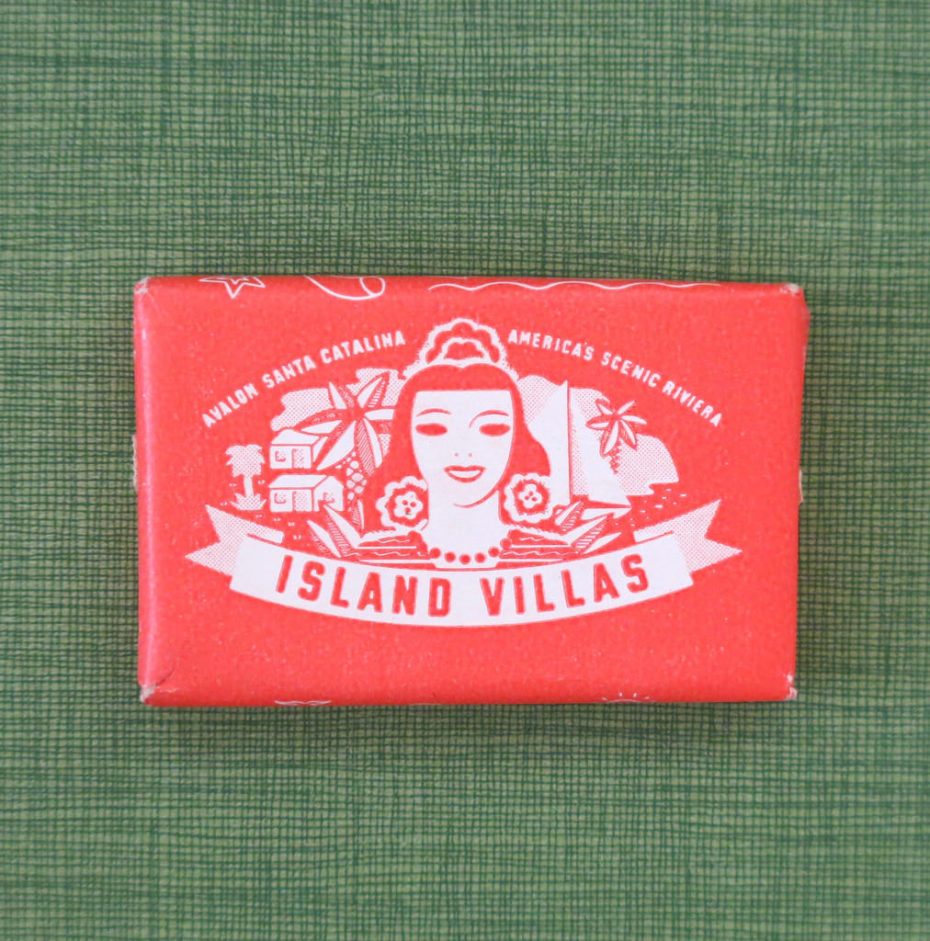
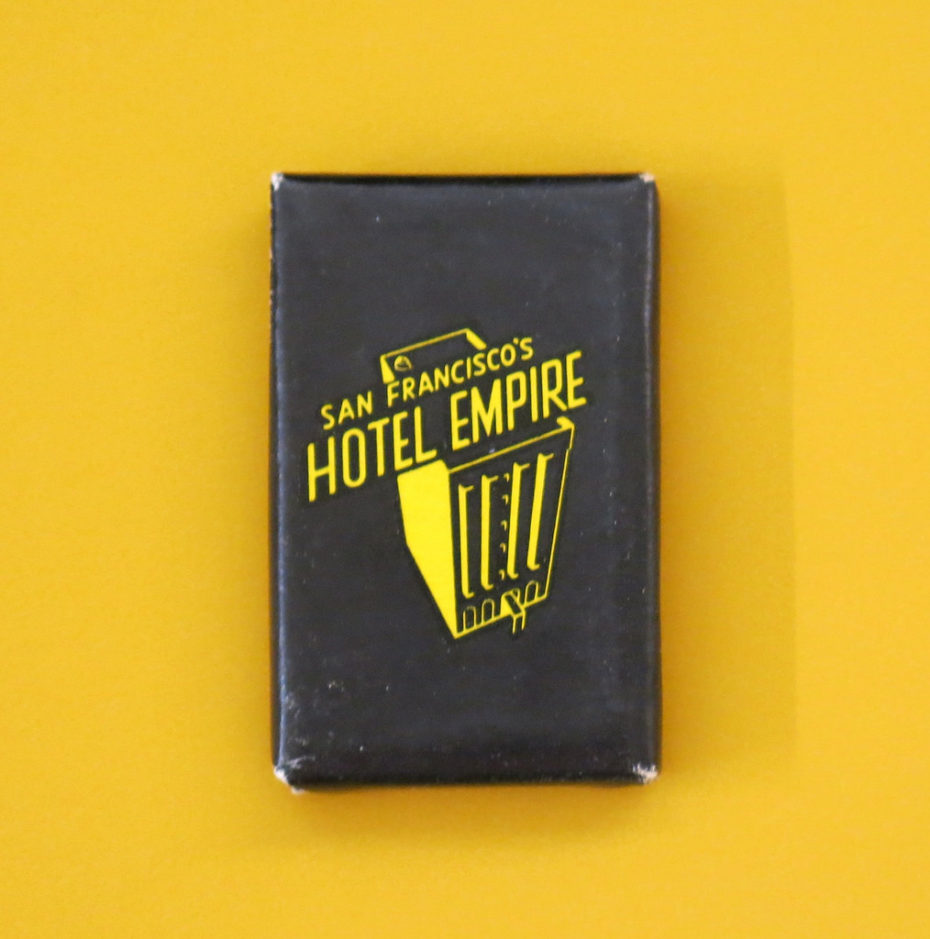
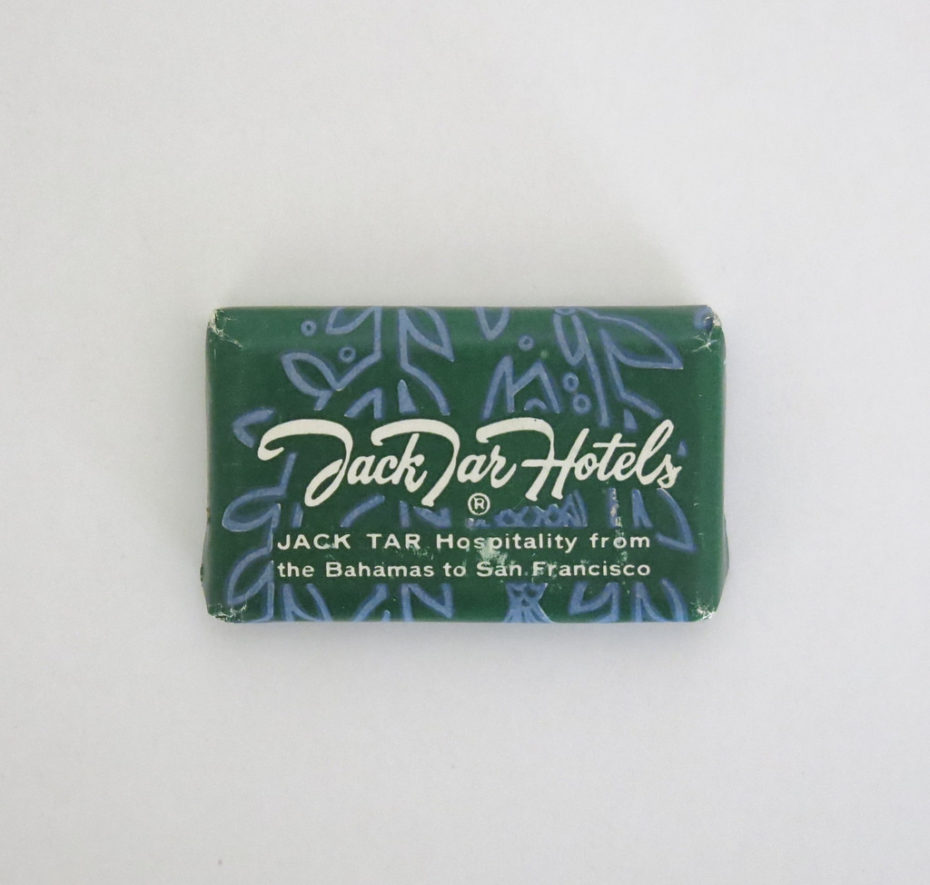
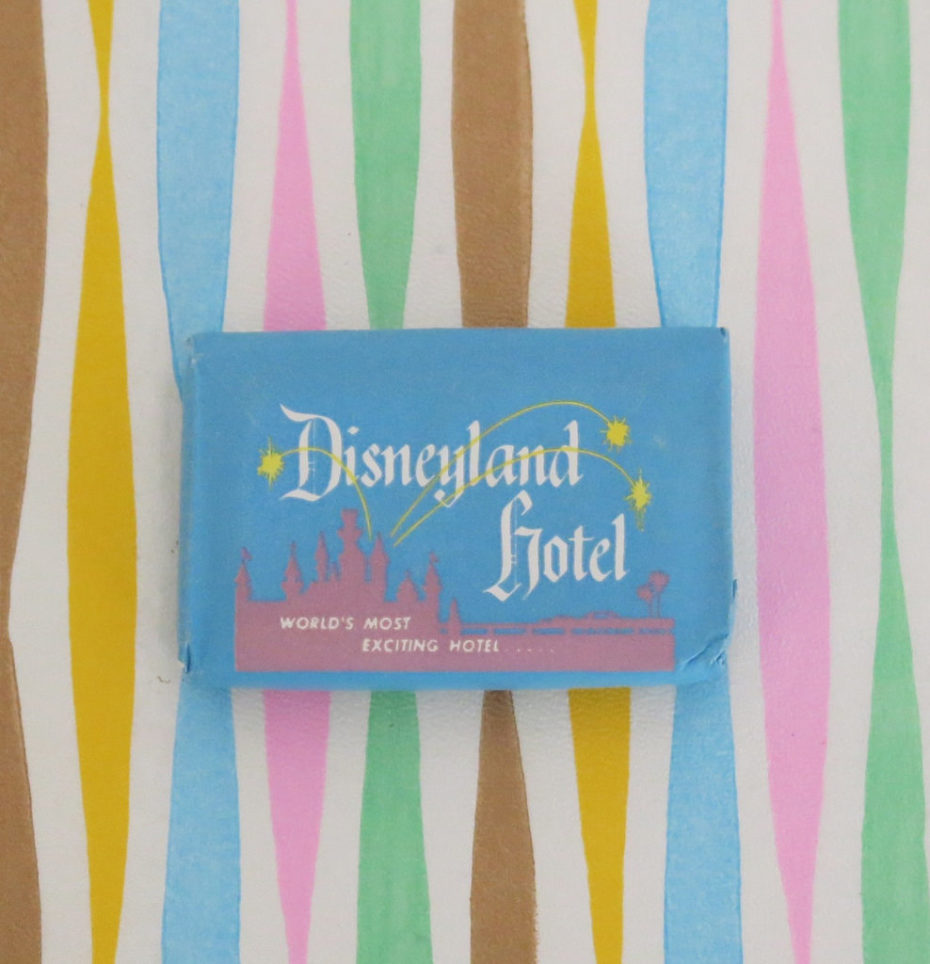
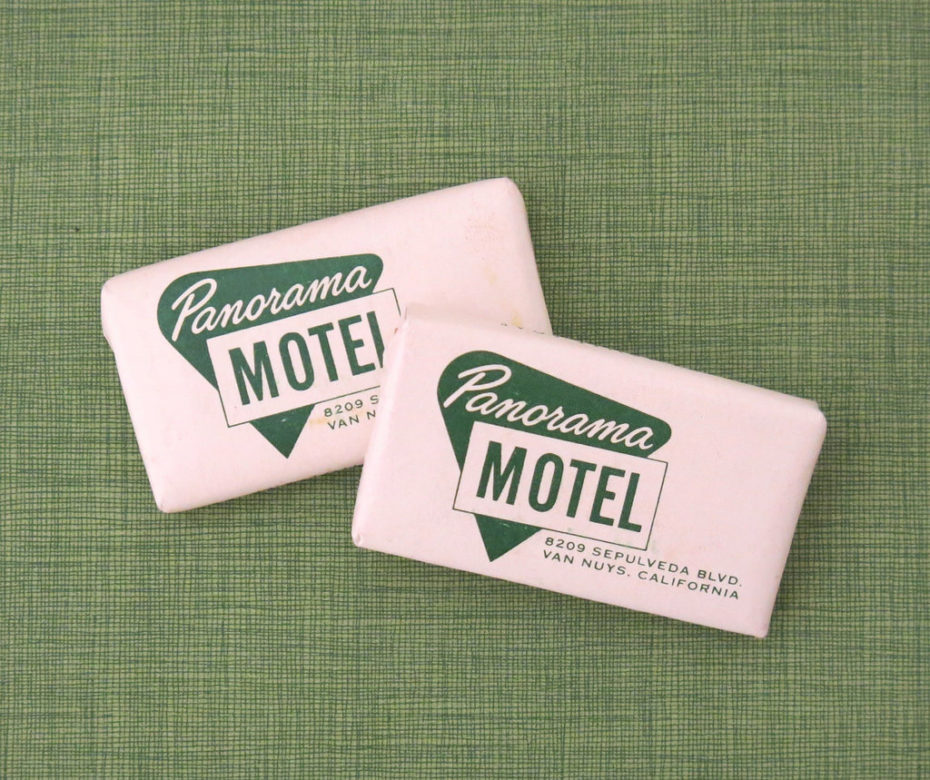
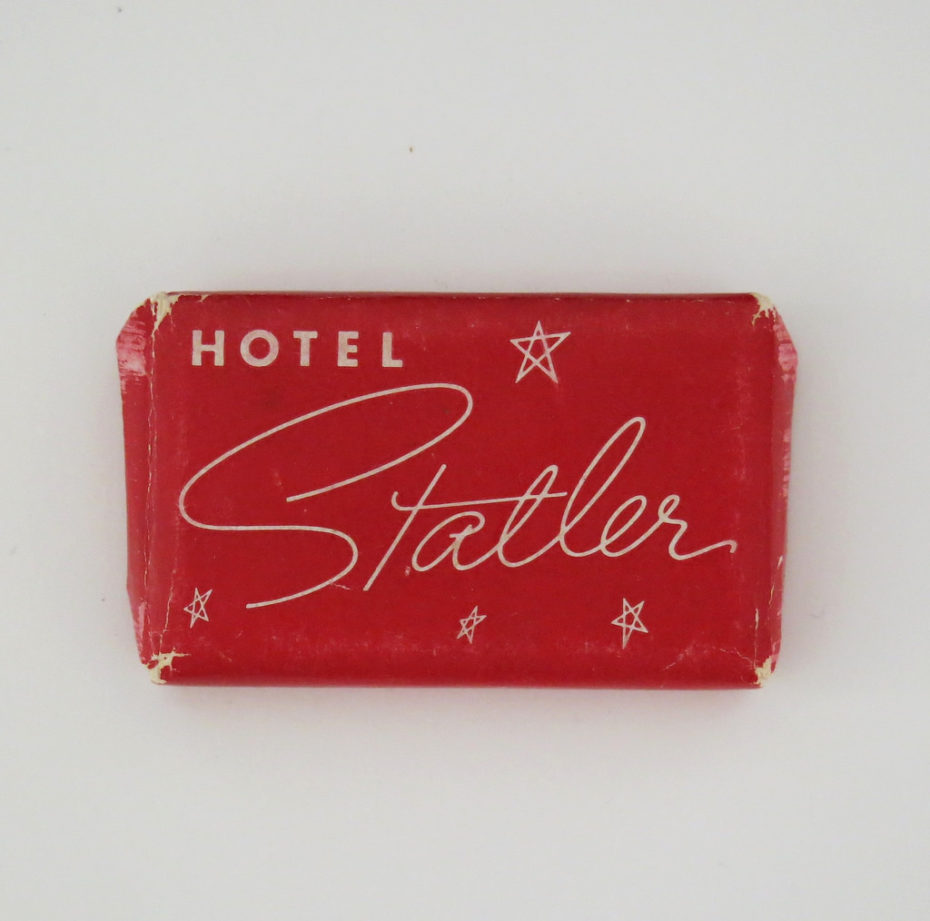
From an excellent collection by Heather David on Flickr.
4. The close up details of a 16th Century Painting by an Unknown Artist
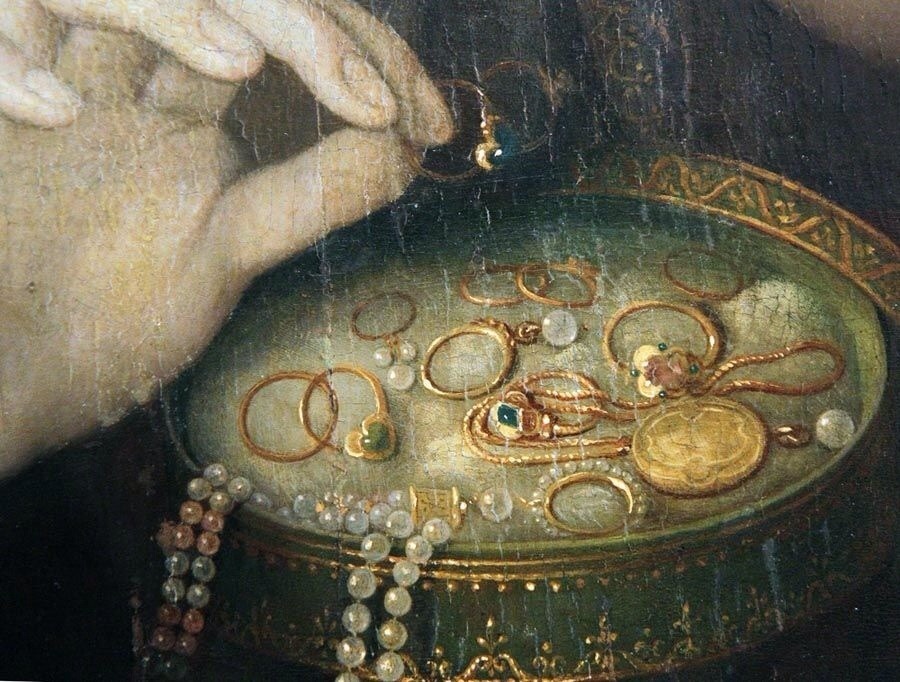
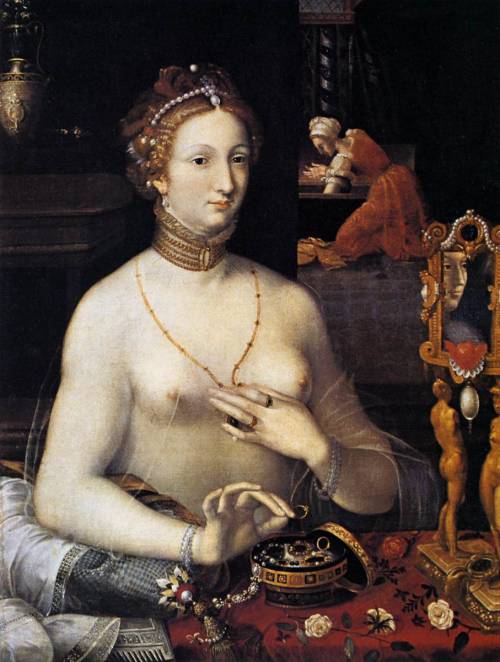
Woman at her Toilette, by an unknown painter from the School of Fontainebleau, 1550-1570, currently held in the Worcester Art Museum, Worcester, Massachusetts, USA.
5. The Yuppie Handbook, 1984
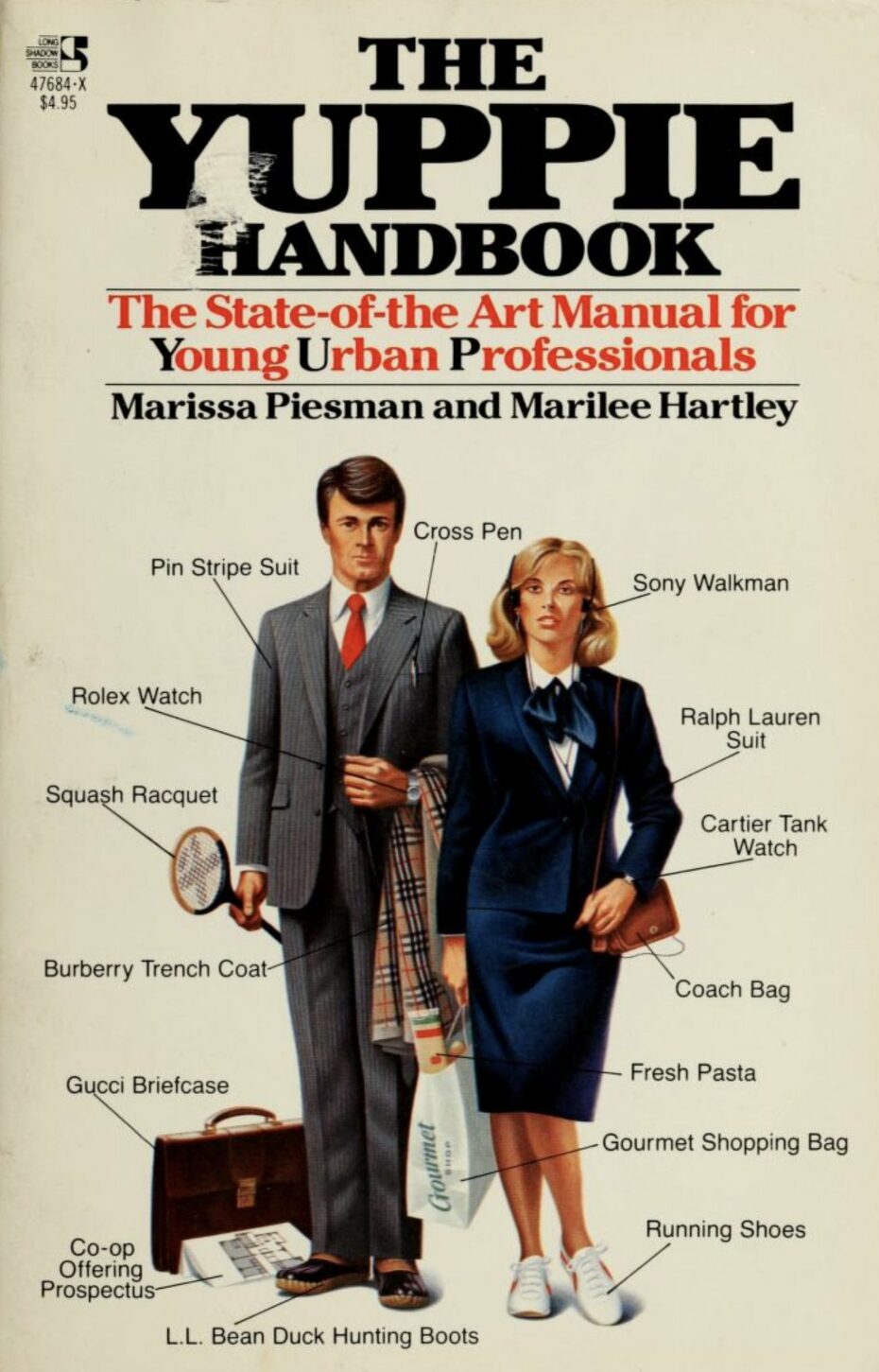


View the full book in the Internet Archive (with an account – free to sign up), found on Present & Correct.
6. The only Turquoise McDonalds in the World

Only one McDonald’s in the world has turquoise arches. Government officials in Sedona, Arizona, thought the yellow would look bad with the natural red rock of the city.
Found on Mental Floss.
7. There used to be 4 billion American chestnut trees, but they all disappeared
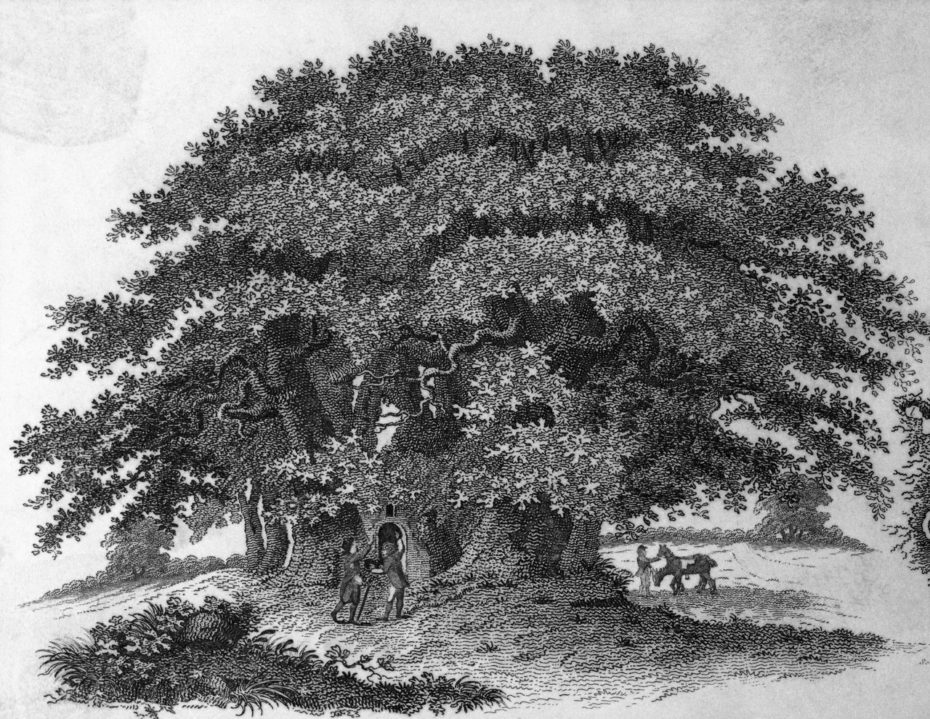
Before the early 1900s, the American chestnut was the predominant tree species in eastern forests. It is estimated that between 3 and 4 billion American chestnut trees were destroyed in the first half of the 20th century by blight after its initial discovery in 1904. Today however, after more than 100 years, scientists are attempting to resurrect this once-great tree. More about that here.
8. Dunnottar Castle, Scotland
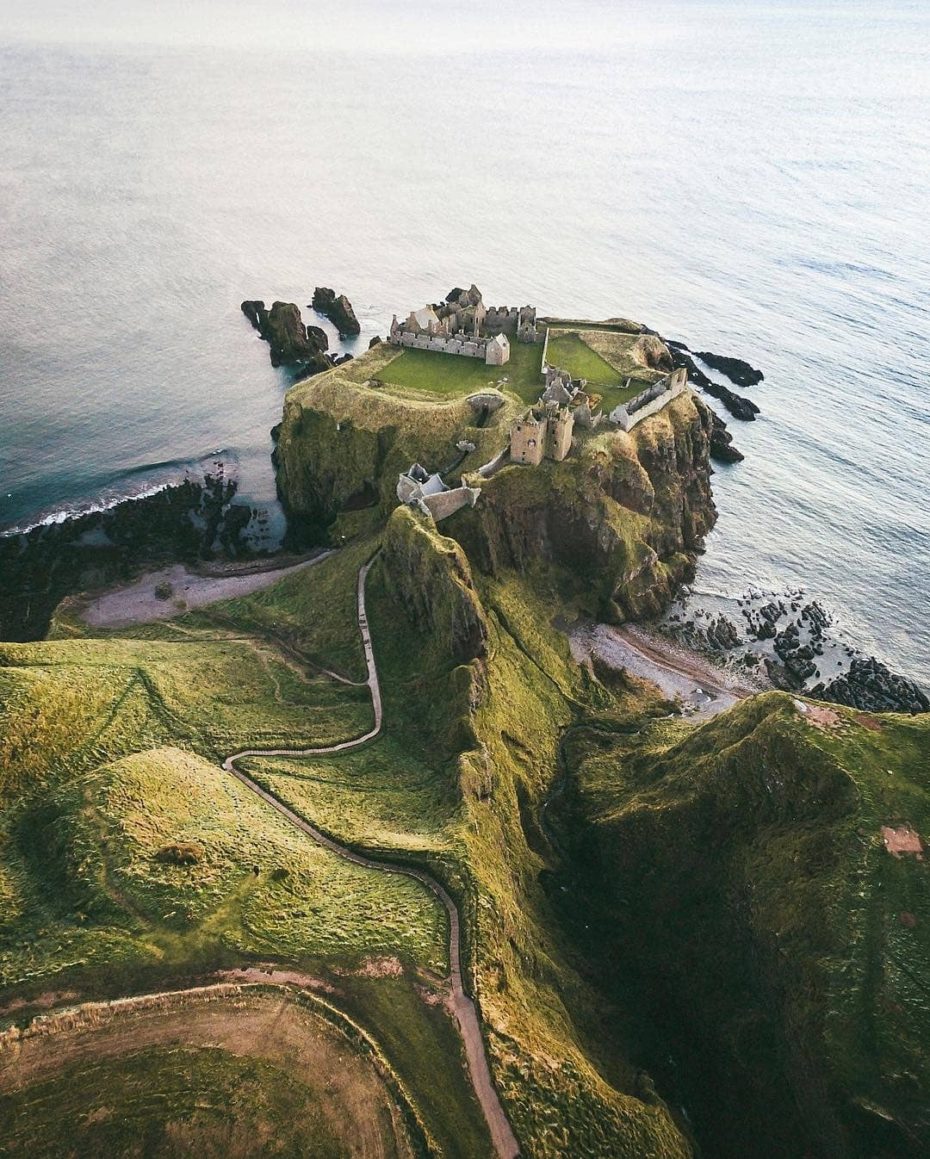
Ruins of medieval fortress on the coast of Scotland, near Stonehaven. There have been fortifications on this site since prehistory. Just another reason why it could legitimately be argued the Scotland has the best castles in the world.
Photographed by Connor Mollison. (His work here).
9. A Three-Day Expedition To Walk Across Paris Entirely Underground
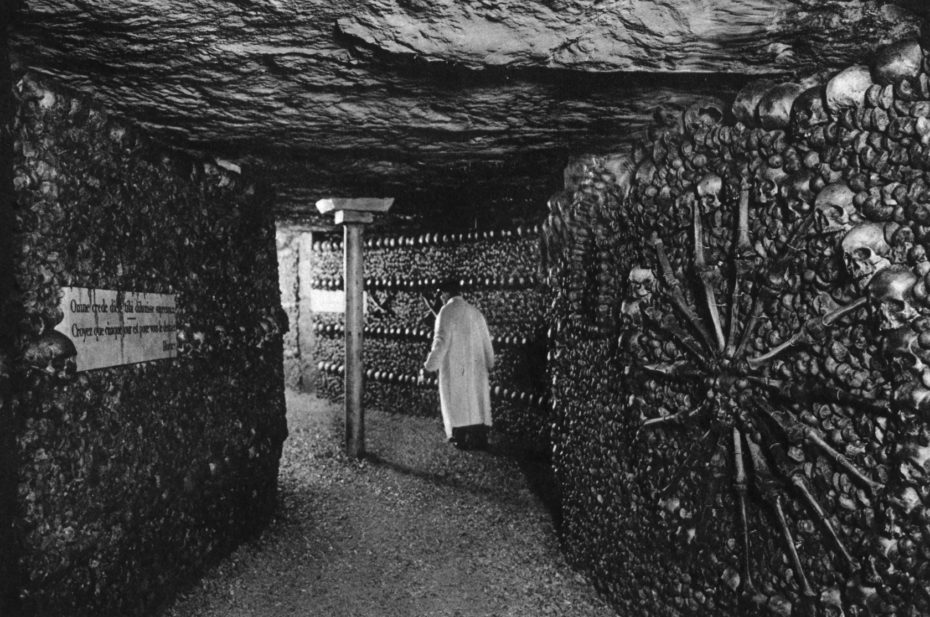
Journalist Will Hunt, who made the crossing with a group of urban explorers, recounts being menaced by rainwater and rats — and meeting fellow subterranean wanderers along the way.
Found on Long Reads. You can also find MessyNessy’s own trip through the catacombs here, as well as that time we watched the Rocky Horror Picture Show in the catacombs.
10. Wine Expert Guesses Whether Mystery Wines Are Cheap Or Expensive
Are expensive wines a sham or do you get a better taste with the higher price tag? I enjoyed learning a few things from Melinda Chang who is pretty good at explaining “Wine for Dummies”.
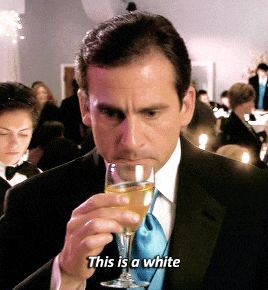
11. Let’s just remind ourselves how far our Tastebuds have come
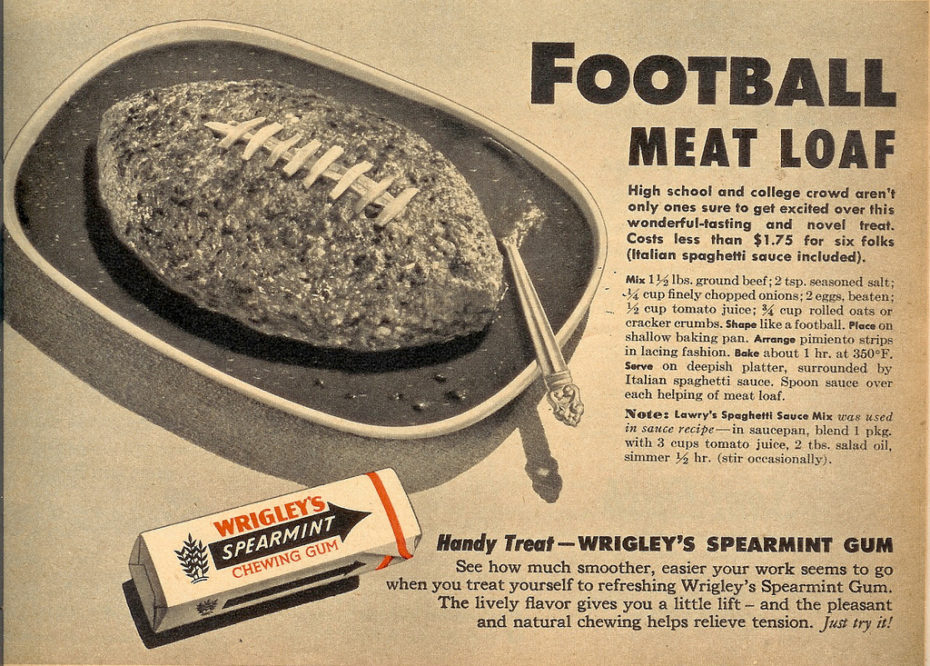
I spoke too soon. This site offers the recipe for “Delicious oval-shaped meatloaves glazed with rich ketchup before baking and finished with string cheese to look like footballs” (complete with photographs).
Speaking of which, you might also be interested in my brief compendium of “Are you Seriously going to Eat that?”
12. Twelve stages in the sequence from the head of a frog to the head of a primitive man
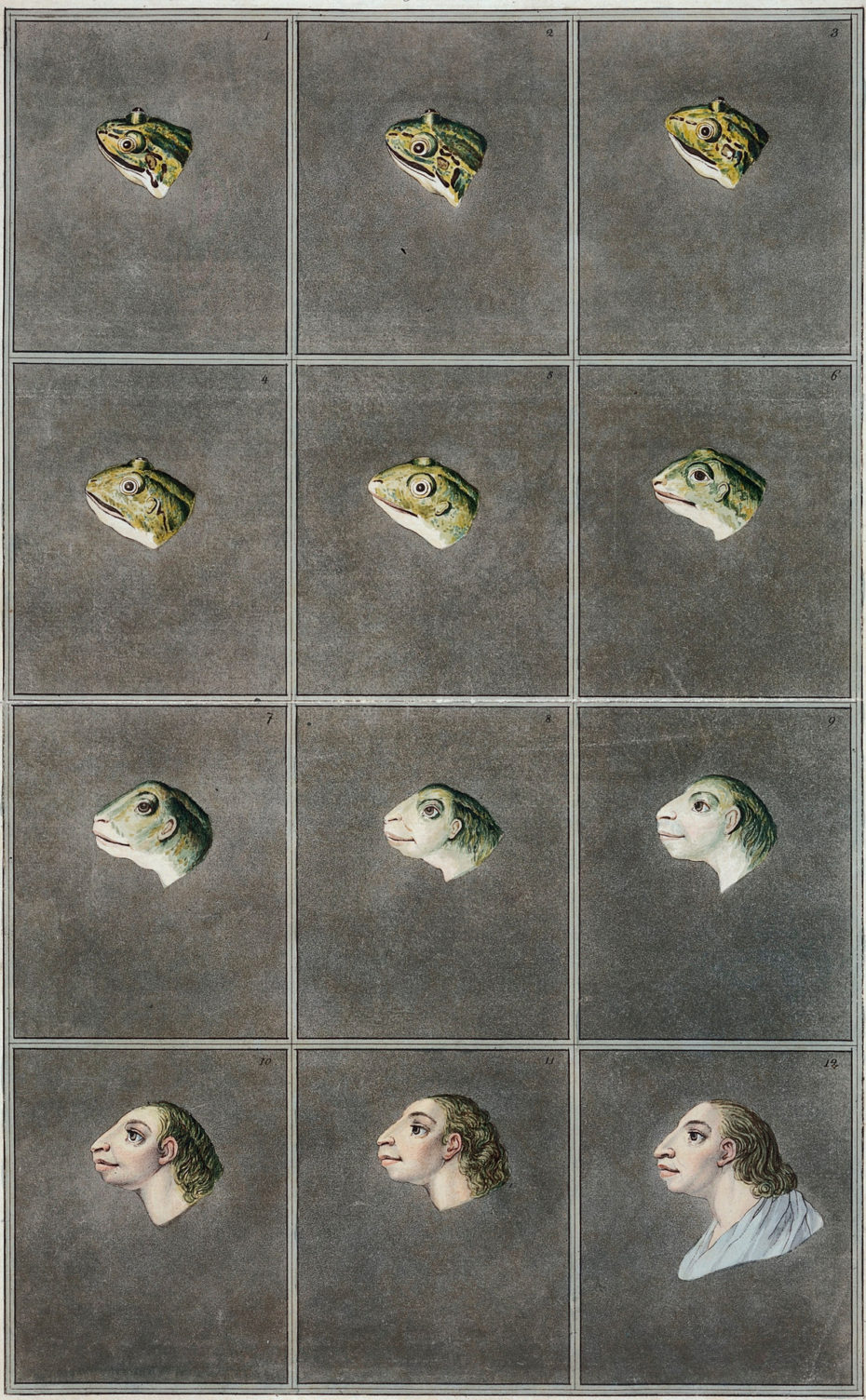
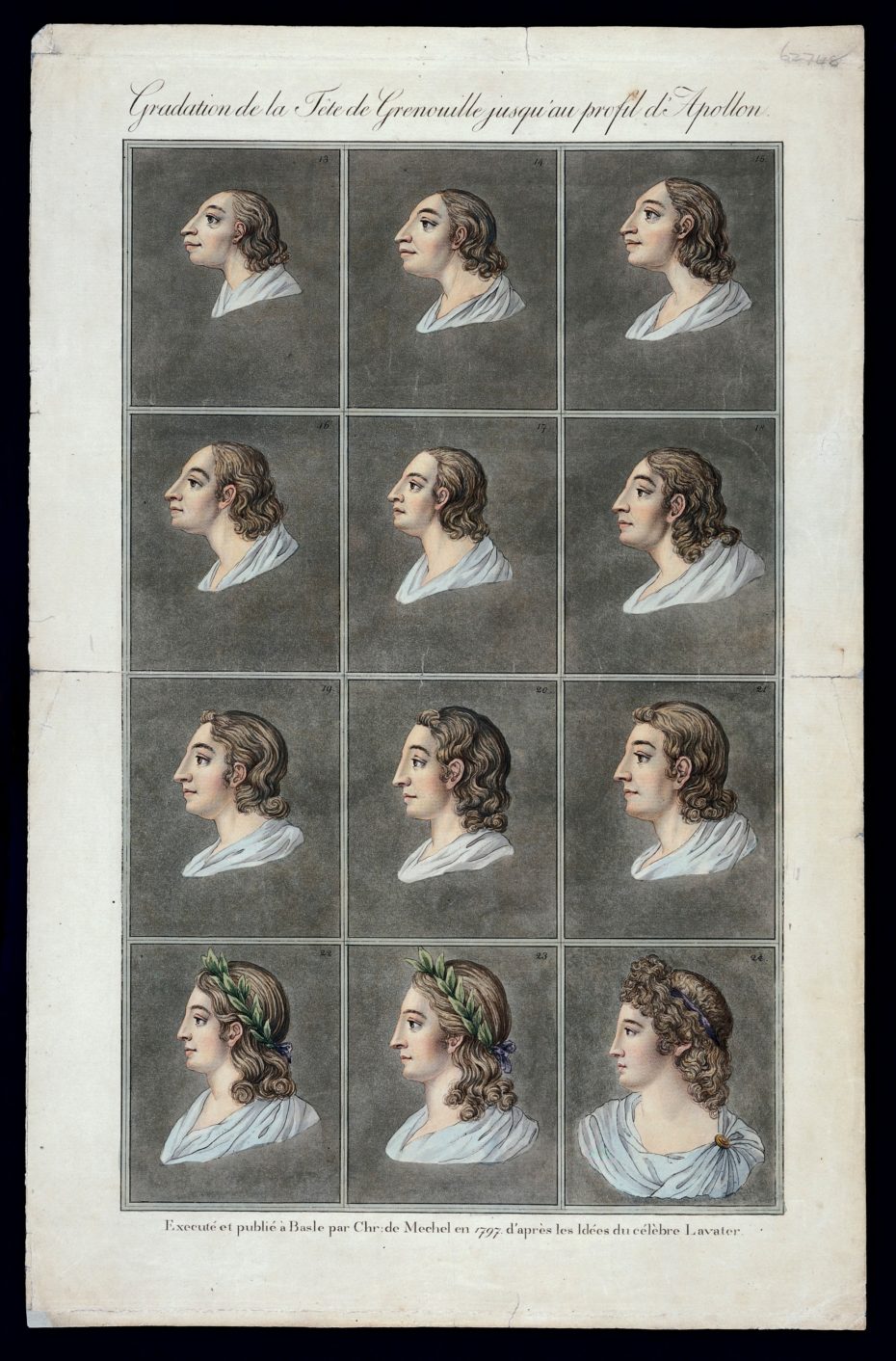
J.C. Lavater’s Essayson Physiognomy (1789–98) surveys morphological transfer: from states of animality toward the formation of so-called ideal human types. The bases for his study was that a greater knowledge of mankind would emerge from the thesis that God created Man in his own image. Lavater hence, attempted to capture human portraits as an amalgamation of the moral, the intellectual and the animal. A fine balance of virtue and vice would therefore be recognized as markings upon the corporeal exterior of humanity—foreheads, noses, chins and eyes becoming coded scripts of “natural inclinations”.
Manifesta Journal
Coloured etchings by Christian von Mechel after Lavater, 1797, found on the Wellcome Library.



